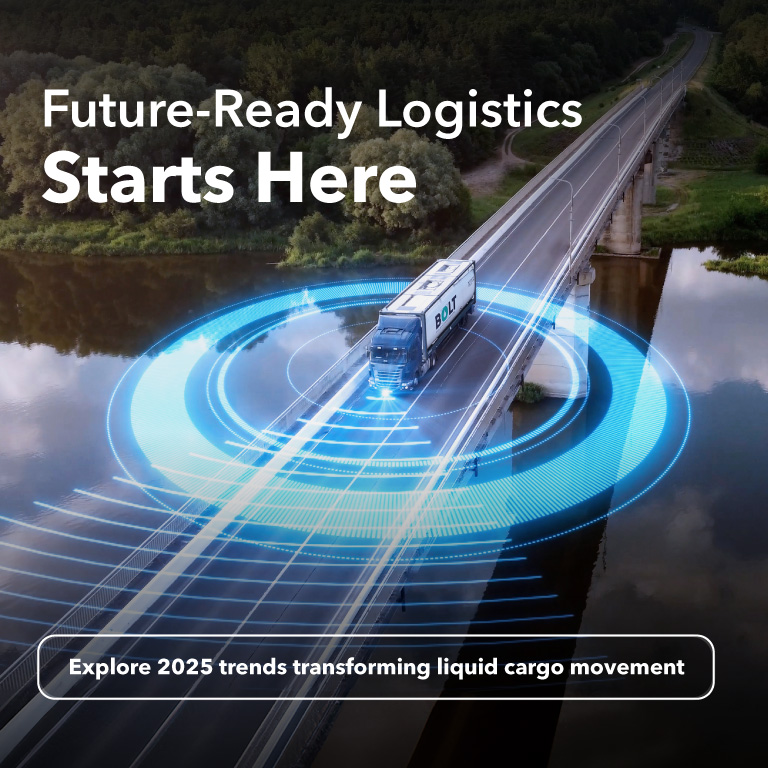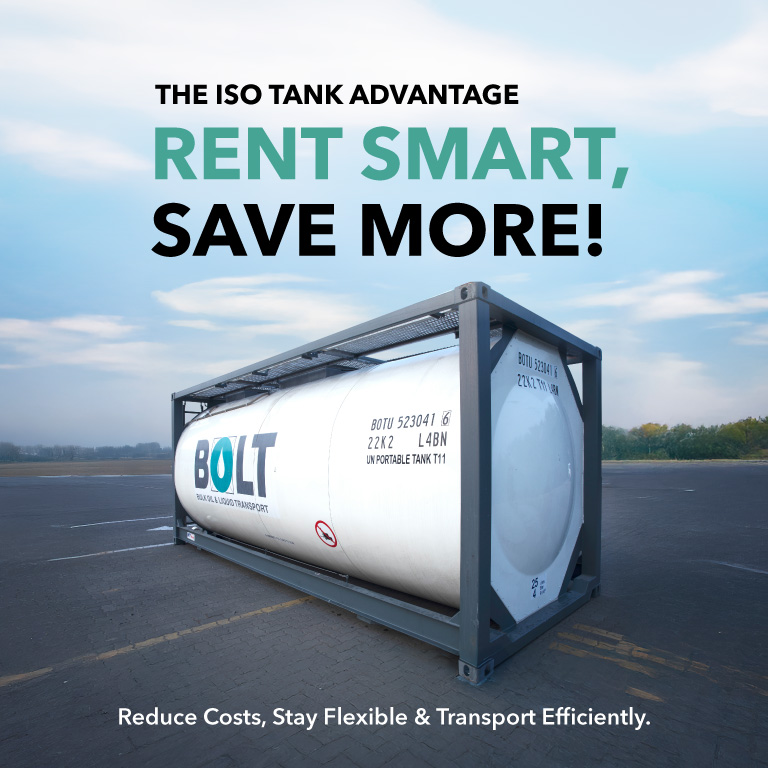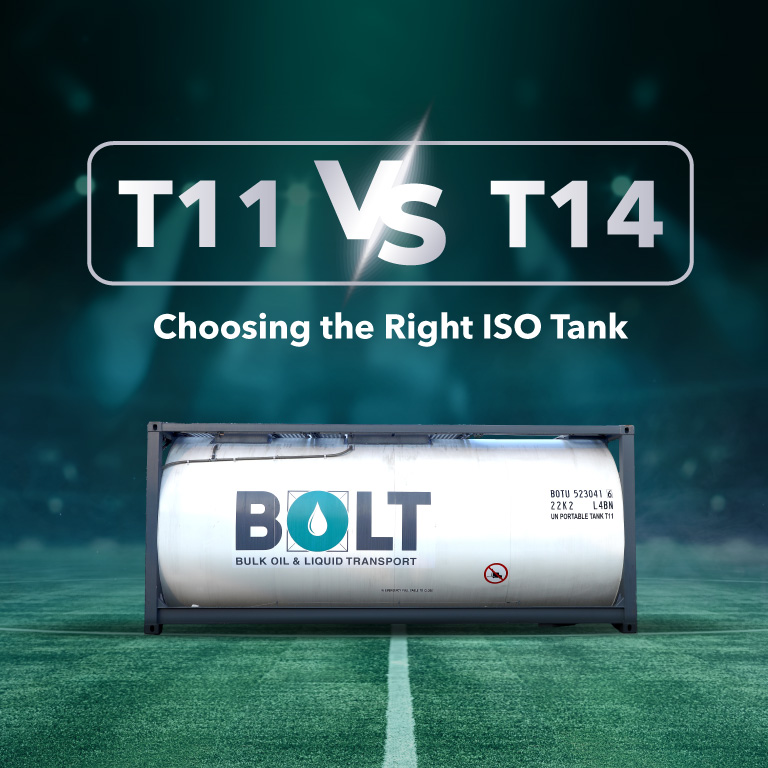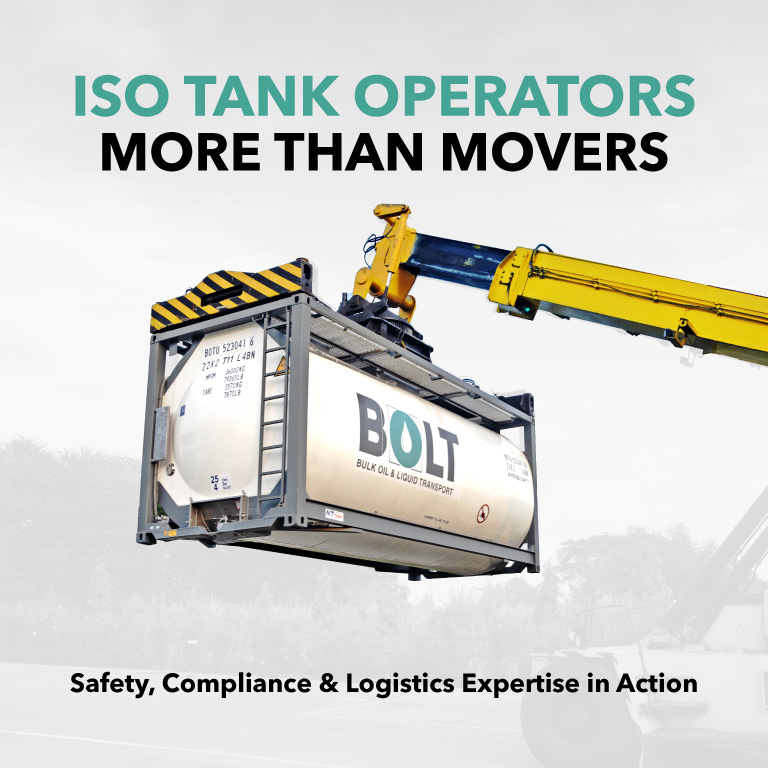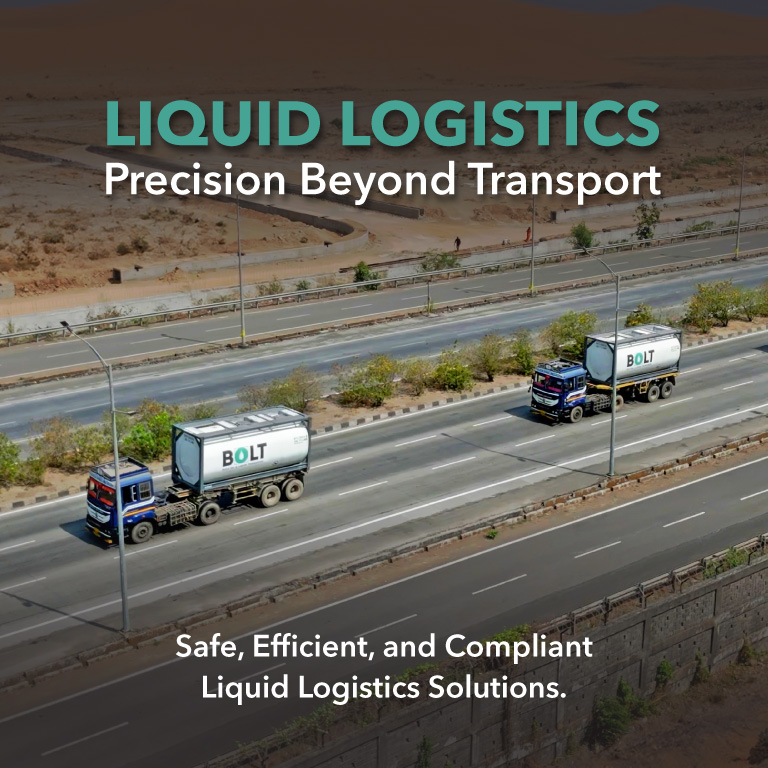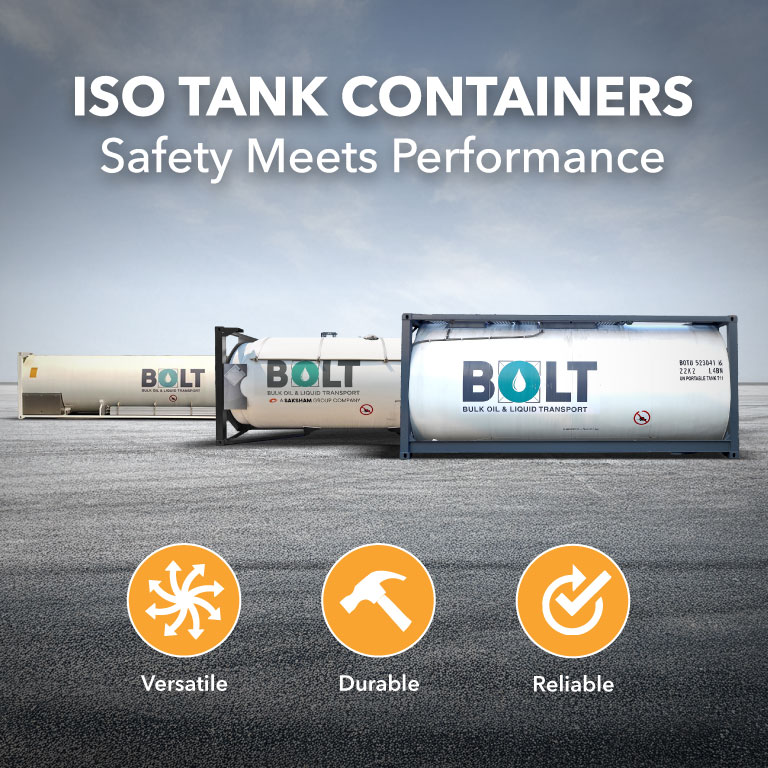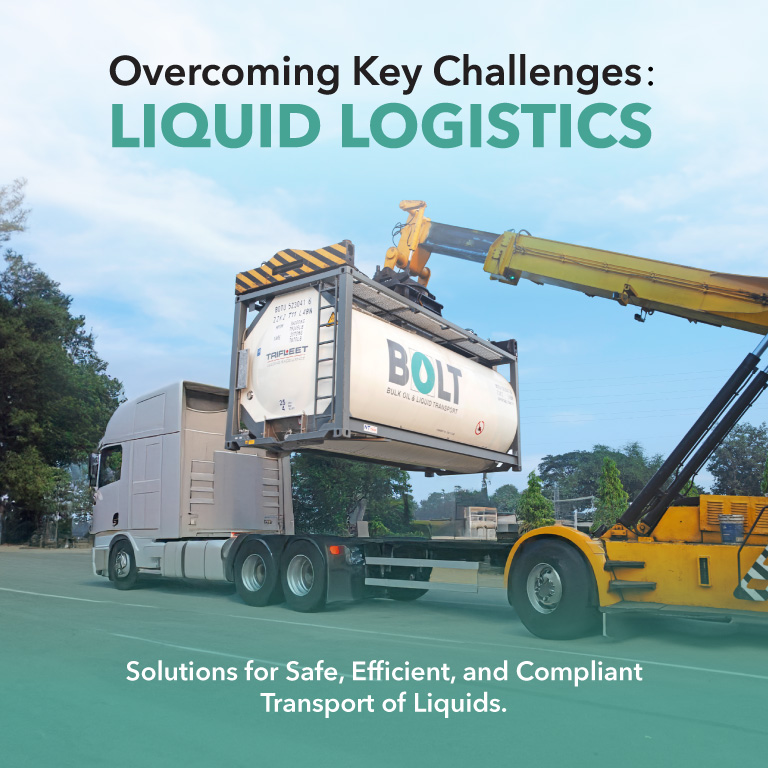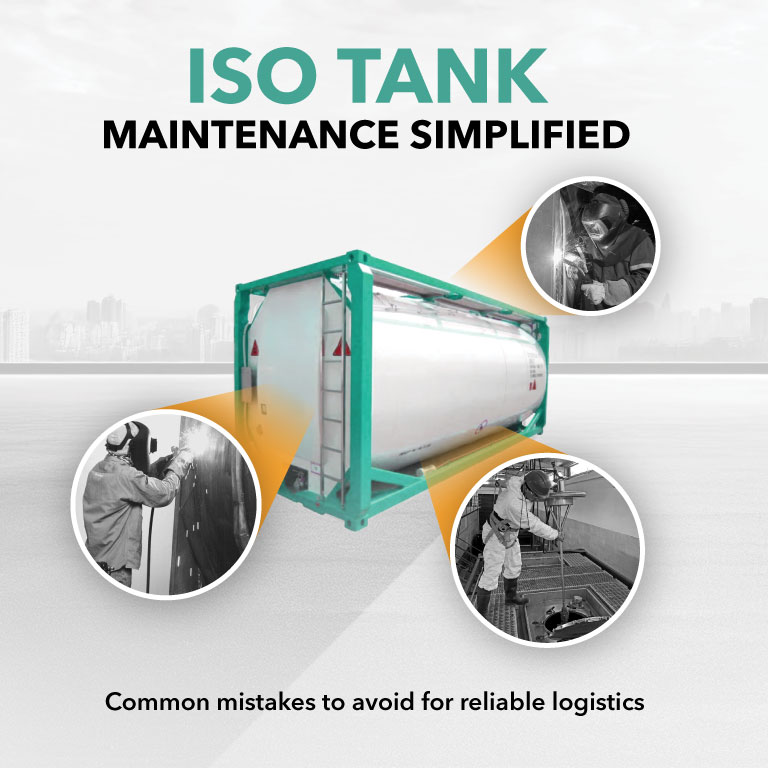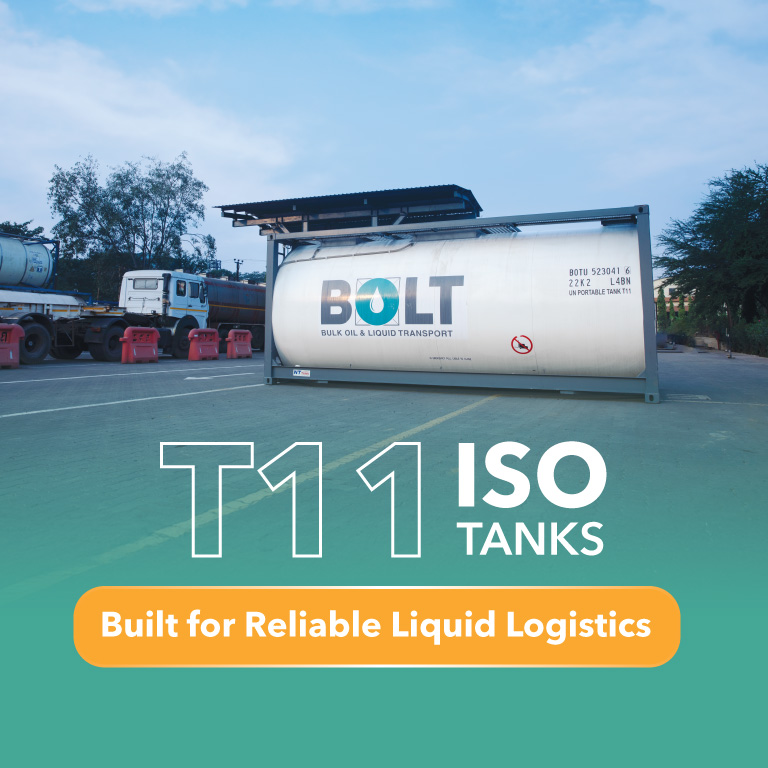
Top Trends in Liquid Logistics for 2025
Staying Ahead in a Fast-Evolving Industry
As global supply chains grow more complex and customer expectations continue to rise, the liquid logistics sector is undergoing a transformation. From chemical cargo to food-grade liquids, the movement of bulk liquids demands precision, safety, and innovation.
Here are the top trends set to shape liquid logistics in 2025:
- Automation Across the Supply Chain
Automation is no longer a luxury—it’s a necessity. From automated tank cleaning and loading systems to AI-powered route optimization, automation is improving speed, reducing human error, and increasing operational efficiency. As demand grows, logistics companies that invest in smart automation will be better equipped to handle complex, large-scale operations with consistency.
- Real-Time Cargo Tracking & Visibility
Transparency is the backbone of trust in logistics. In 2025, expect increased adoption of IoT-enabled tank containers and GPS tracking that allows shippers to monitor cargo temperature, pressure, location, and even tampering—live and in real-time. This level of visibility enhances both security and service reliability, while allowing proactive decision-making.
- Sustainability & Carbon Accountability
The liquid logistics industry is under pressure to reduce its environmental footprint. In 2025, sustainability is not just a corporate responsibility—it’s a customer expectation. More companies are moving towards:
- Multi-modal transport to lower emissions
- ISO tanks over drums for waste reduction
- Fleet optimization to reduce fuel consumption
- ESG reporting and carbon tracking as part of service metrics
- Digital Documentation & Paperless Workflows
Manual paperwork slows down operations and increases the risk of errors. The shift toward digital Bills of Lading (e-BL), customs documents, and cloud-based sharing platforms is speeding up approvals, reducing delays at ports, and enabling quicker dispute resolution. In 2025, digital workflows will be an industry standard—not an exception.
- Sanction Compliance & Regulatory Readiness
With growing geopolitical tensions and evolving trade policies, compliance has become a critical part of logistics. Companies are investing in in-house compliance expertise, AI-based sanction screening tools, and regular training to navigate changing regulations while keeping cargo moving smoothly.
- Customer-Centric Logistics Solutions
Logistics partners are expected to do more than transport—they’re expected to solve problems. This year, business development and operations teams are focusing on tailored tank solutions, flexible leasing options, and value-added services that directly impact the customer’s bottom line.
- Resilience through Strategic Partnerships
Disruption has become the norm—be it from pandemics, port congestion, or raw material shortages. In response, many shippers are choosing logistics partners with global networks, built-in contingency plans, and access to multi-region tank depots to avoid bottlenecks and maintain supply chain agility.
Looking Ahead
2025 is shaping up to be a defining year for liquid logistics. Companies that embrace innovation, prioritize visibility, and take a customer-first approach will lead the way. At BOLT, we continue to stay ahead of the curve—leveraging technology, sustainability, and expertise to redefine how liquid cargo moves across the globe.

